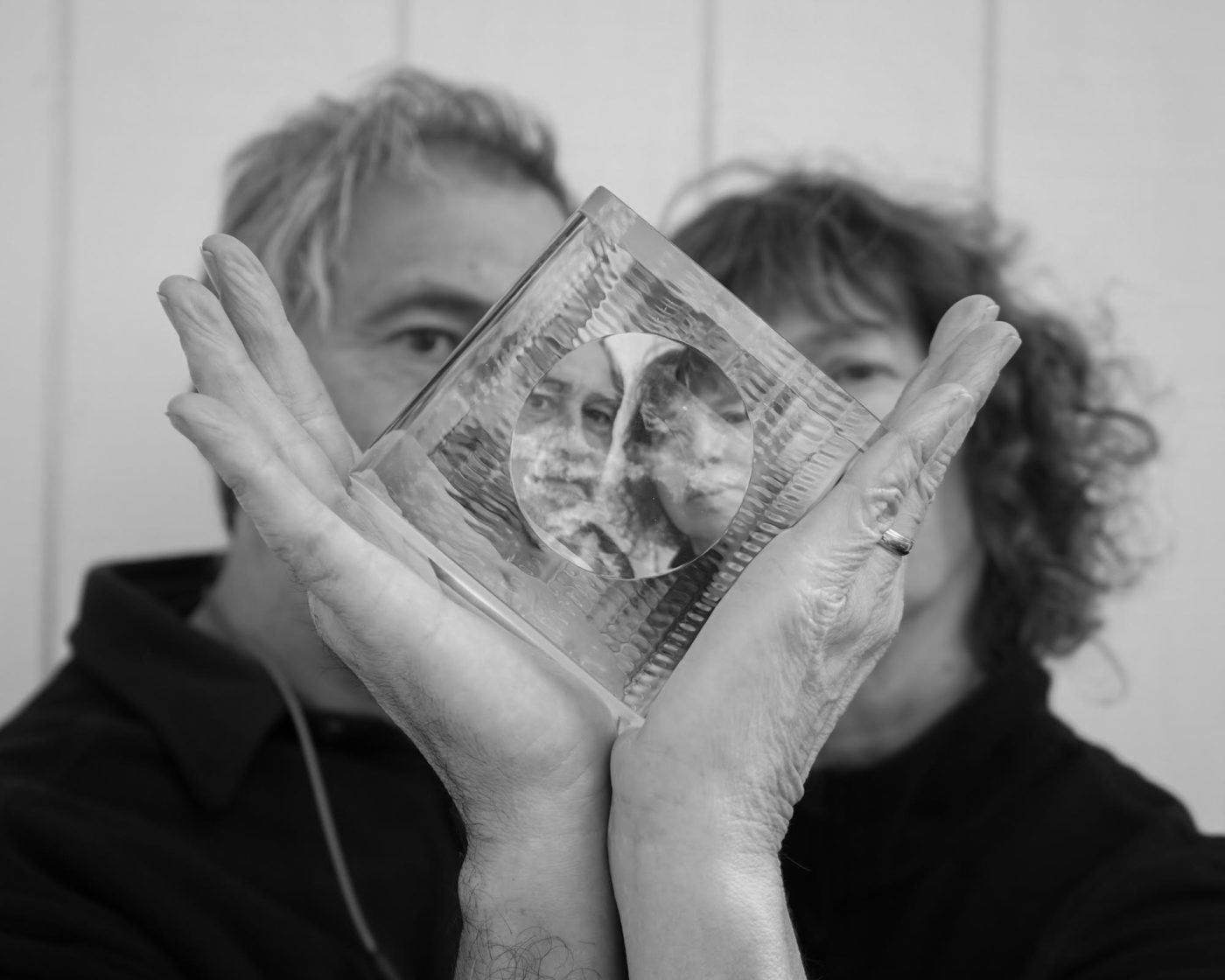
John Littleton (left) and Kate Vogel (right). Image courtesy of John Littleton and Kate Vogel. Photo: Lucy Plato Clark.
John Littleton
American artists John Littleton (1957– ) and Kate Vogel (1956– ) met while undergraduate students at the University of Wisconsin-Madison, where Harvey Littleton had established the first university-level glass program in the United States. Vogel (BS, 1978) studied painting and drawing before switching to glass under David Willard. Littleton (BS, 1979) majored in photography and studied glass independently with Willard. In 1979, Vogel and Littleton moved to North Carolina and began working collaboratively in studio glass, first for Harvey Littleton’s Spruce Pine studio and since 1980, at their own studio in Bakersville. Vogel and Littleton are active participants in the community of glass artists who live and work near the Penland School of Craft.
Works
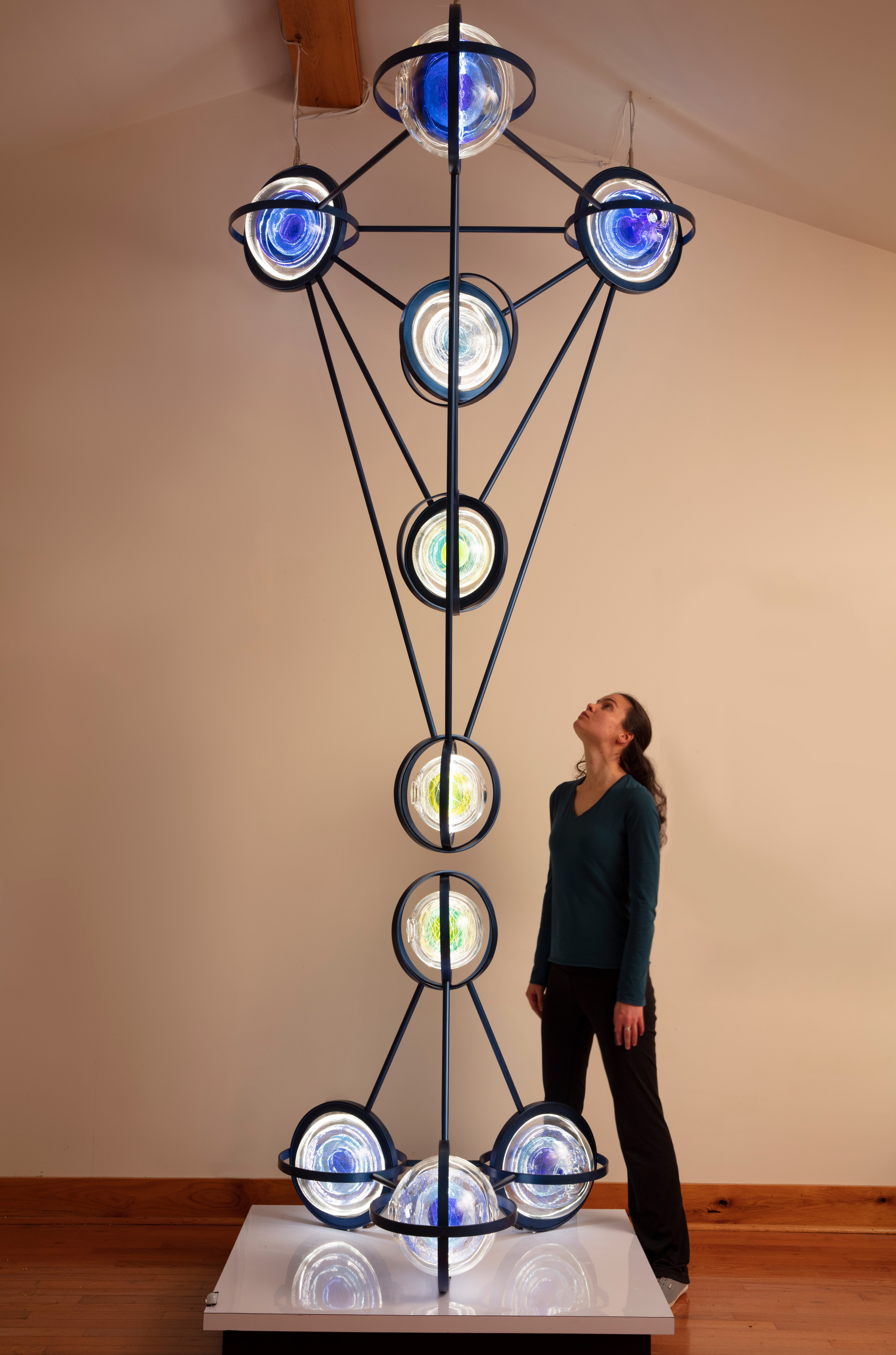
In Between Scale, 2019. Steel, glass, and LED. H: 10 ft, D: 3.91 ft, W: 4.5 ft. Image courtesy of John Littleton.
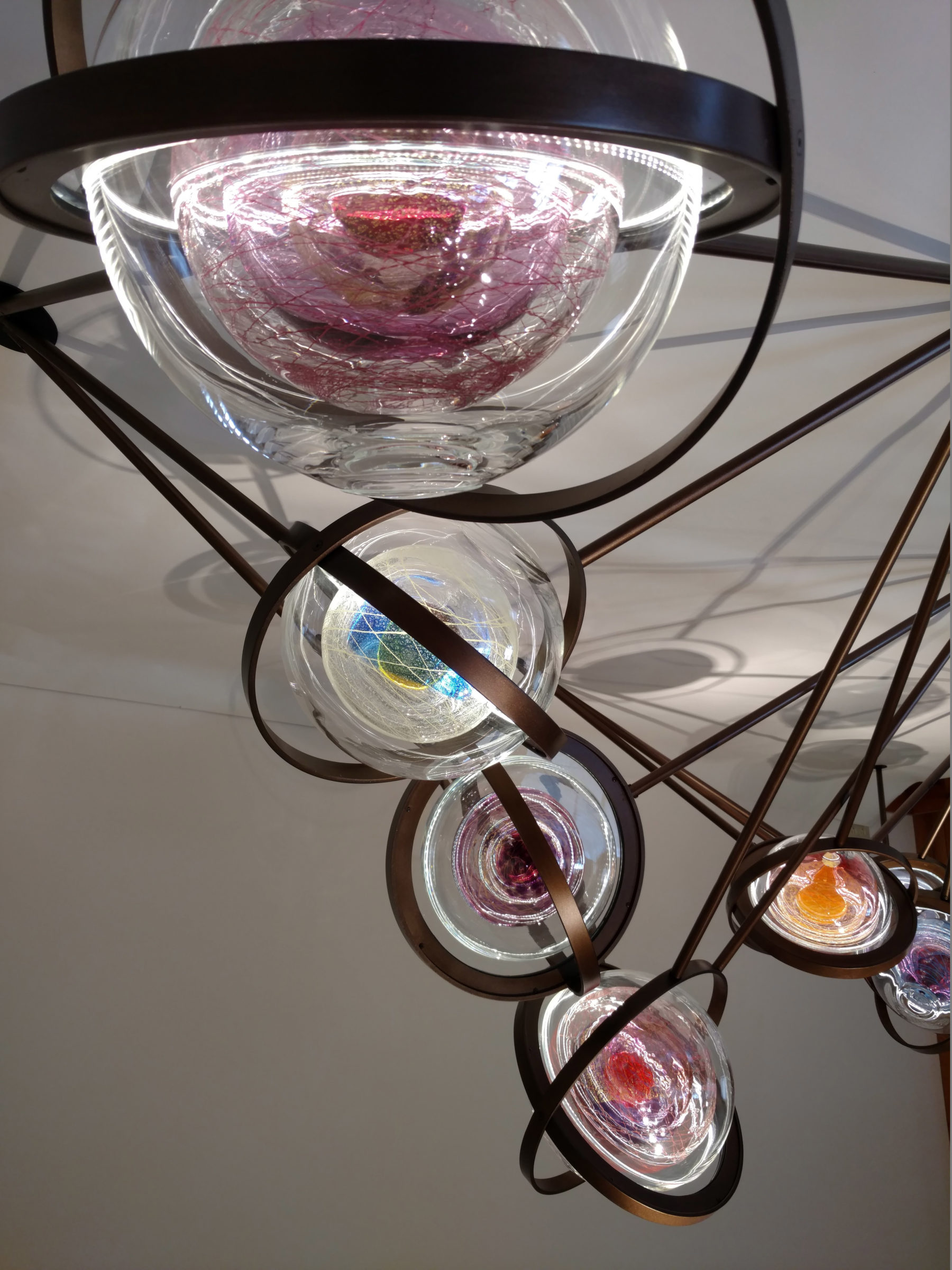
Luminous Intergalactic Sphere (detail), 2019. Steel, glass, and LED. H: 39.5 in, L: 12.25 in, D: 54 in. Image courtesy of Kate Vogel and John Littleton.
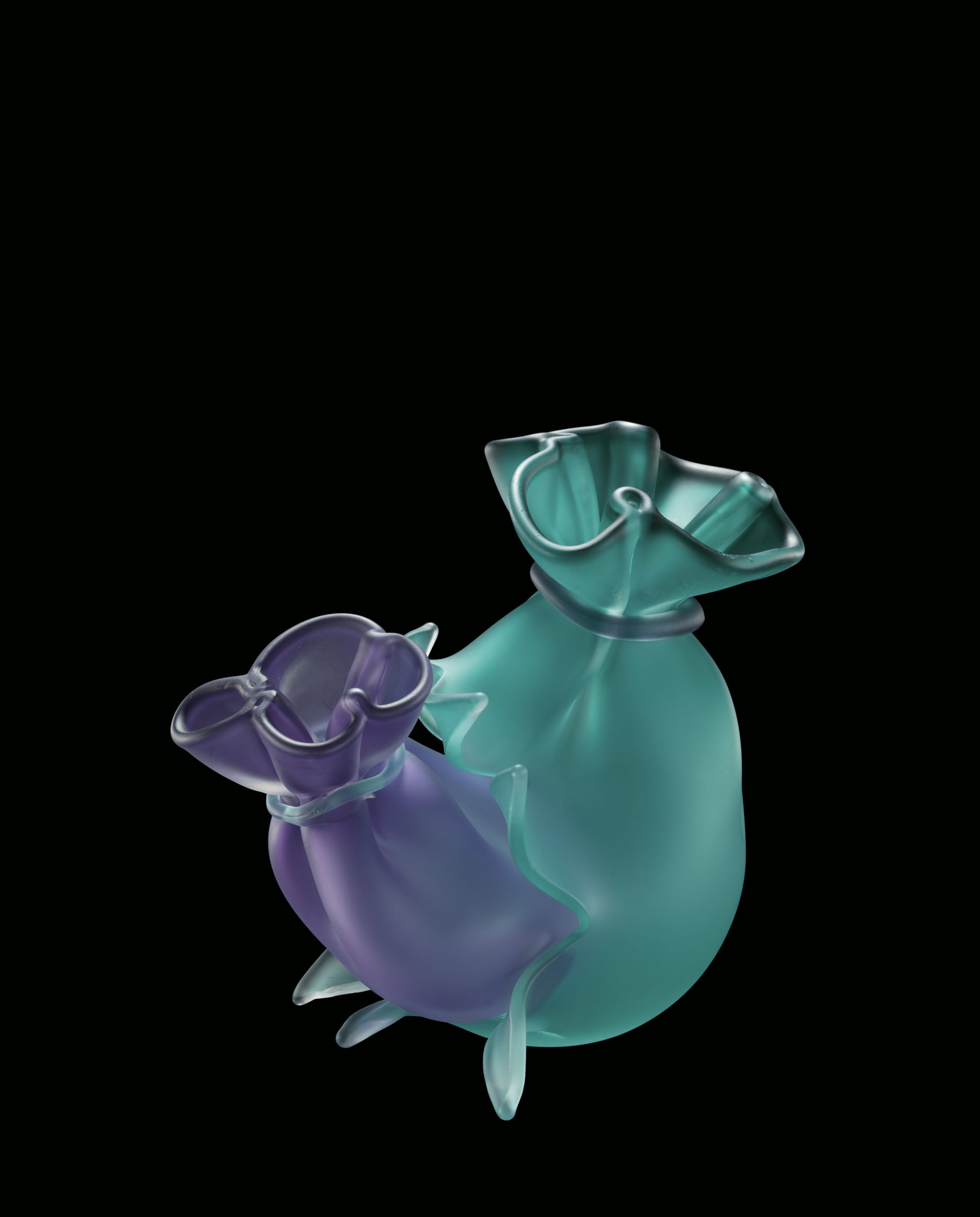
Bag Explosion, 1988. Overall H: 17.3 cm, W: 18.4 cm, D: 12.8 cm. Collection of The Corning Museum of Glass, Corning, New York. Gift of the Ben W. Heineman Sr. Family (2007.4.170).
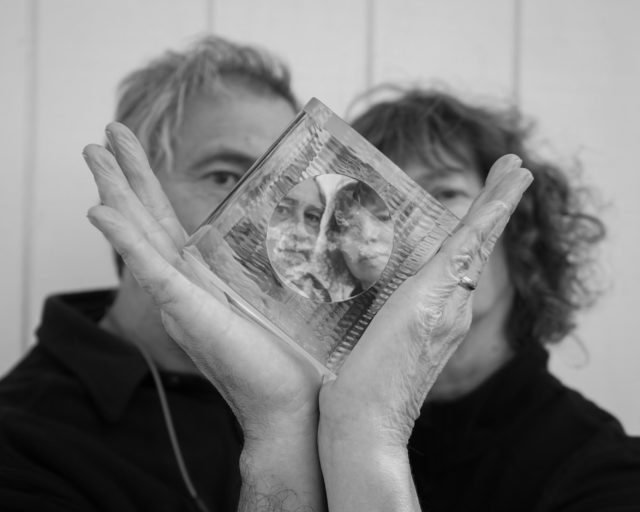
John Littleton talks about secrecy in glass factories and the necessity of sharing in studio glass.
0:54 TranscriptKate Vogel and John Littleton talk about Bill Brown’s artists’ residency program and how it led to artists buying homes in the area.
01:03 TranscriptKate Vogel and John Littleton discuss Bill Brown’s development of a glass community in North Carolina’s Southeast.
02:43 TranscriptKate Vogel and John Littleton talk about Harvey Littleton bringing glass to the university level.
2:54 TranscriptKate Vogel and John Littleton discuss the West Coast and Havery Littleton’s connections with Europeans outside of Italy.
1:02 TranscriptKate Vogel and John Littleton discuss Harvey Littleton’s style and progression in his work.
2:27 TranscriptKate Vogel and John Littleton discuss the ease of Harvey Littleton’s students getting teaching jobs.
0:55 TranscriptKate Vogel and John Littleton discuss the unavailability of equipment to early studio glass artists.
1:09 TranscriptKate Vogel and John Littleton explain the real meaning behind Harvey Littleton’s “technique is cheap” quote.
0:58 TranscriptKate Vogel and John Littleton discusses how making your own equipment and understanding materials was critical to Harvey Littleton.
1:16 TranscriptJohn Littleton discusses how Harvey Litttleton’s persistence and being in the “right place at the right time” helped with progressing the studio glass movement.
1:05 TranscriptKate Vogel and John Littleton discuss Harvey Littleton as an “amazing convener of people.
3:31 Transcript